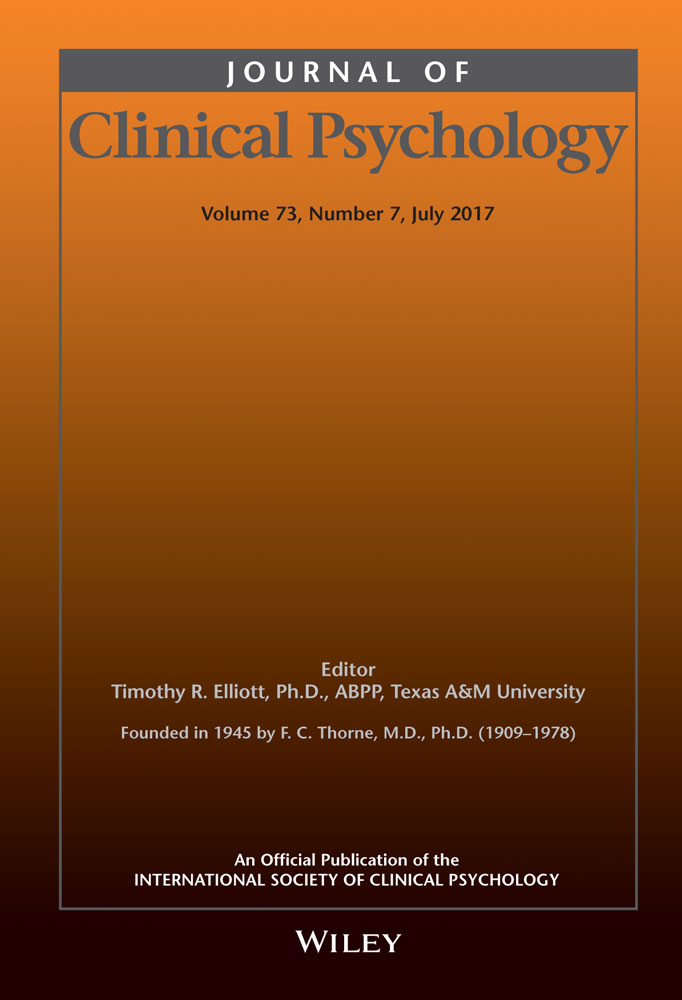Emotional Awareness Moderates the Relationship Between Childhood Abuse and Borderline Personality Disorder Symptom Factors
Abstract
Objective
To examine pathways to borderline personality disorder (BPD), focusing on childhood abuse and emotional attention and clarity.
Method
Among 293 community residents (mean age = 43.1; 53.9% female), measured associations between the BPD symptom factors of disturbed relatedness, affective dysregulation, and behavioral dysregulation and (a) childhood abuse (emotional, physical, and sexual); (b) emotional attention and clarity; and (c) negative affect, using structured interviews, the Schedule for Non-Adaptive and Adaptive Personality-2, the Trait Meta Mood Scale, and the Positive and Negative Affect Scale, respectively.
Results
All forms of childhood abuse were associated with BPD symptom factors. Emotional attention and clarity moderated the effects of childhood physical and emotional abuse on behavioral dysregulation and disturbed relatedness. All results held when controlling for negative affect.
Conclusion
The relations between childhood abuse and BPD are robust. Emotional attention and clarity may help elucidate the links between childhood abuse and BPD.




